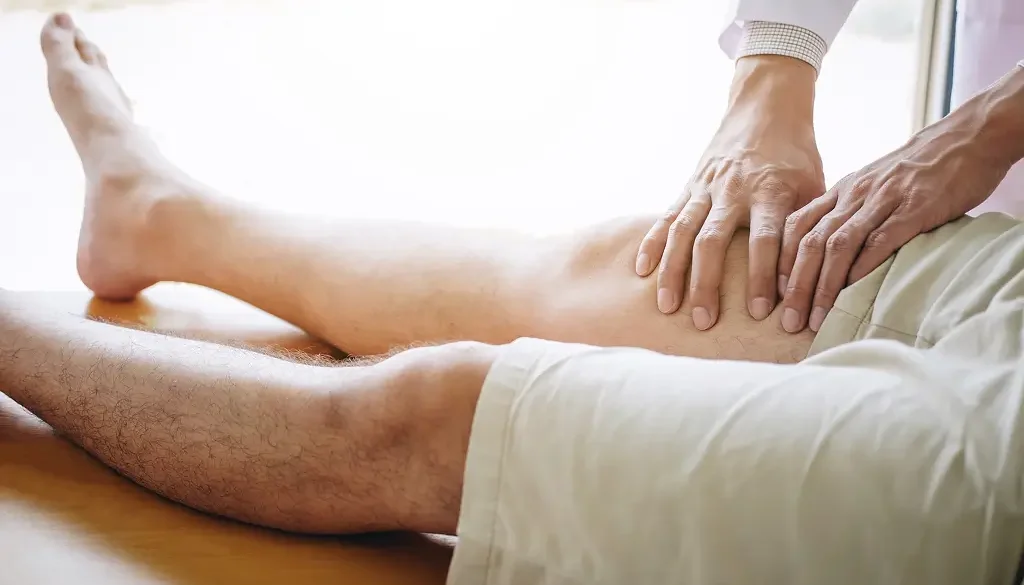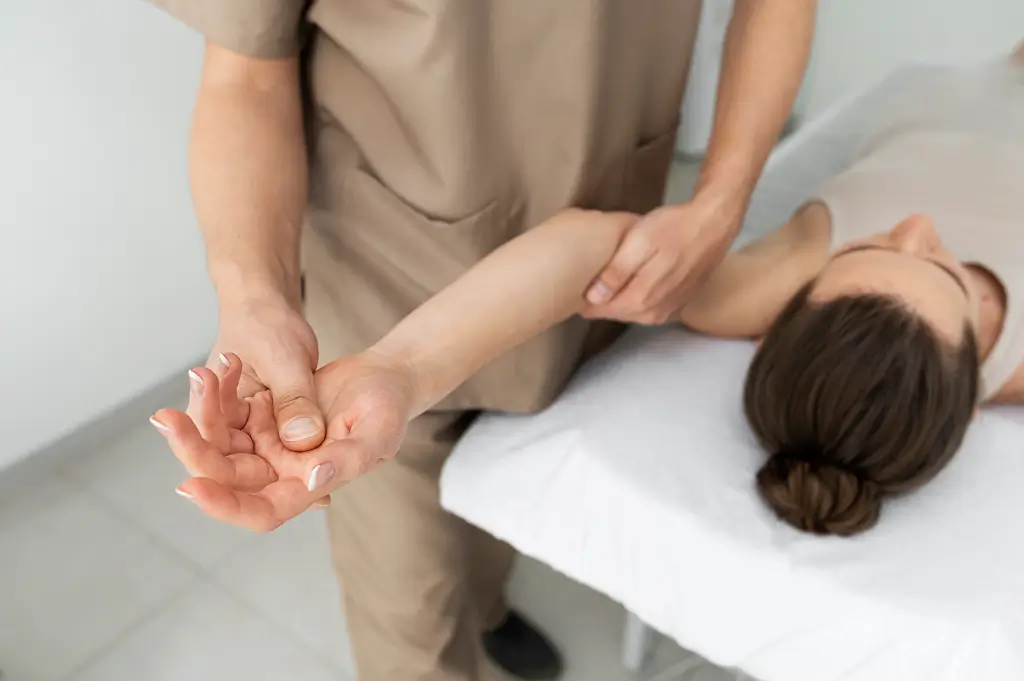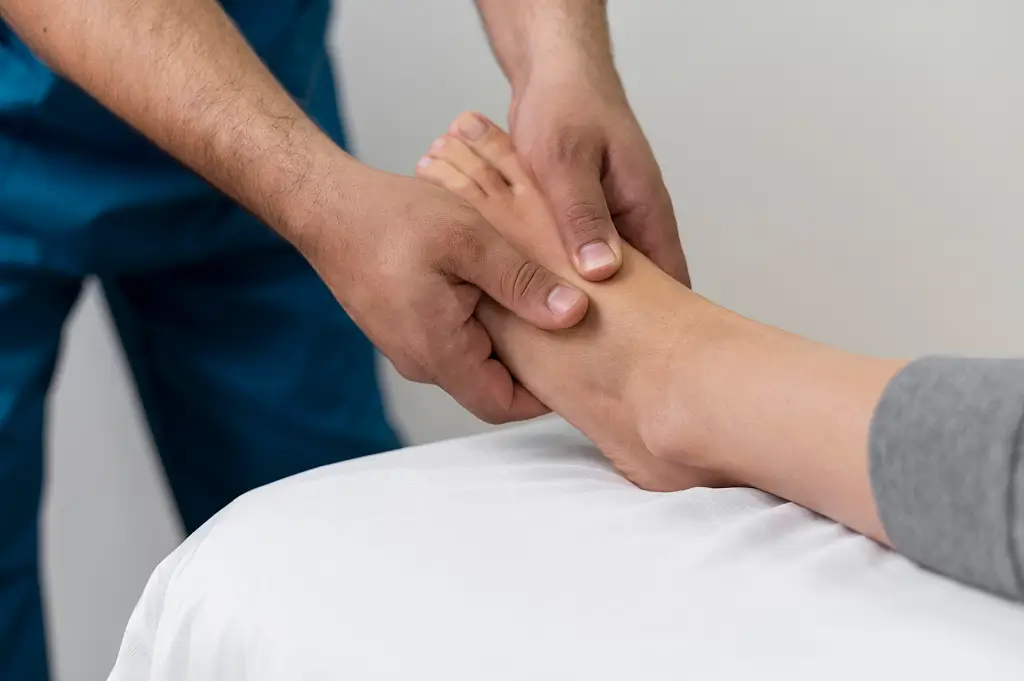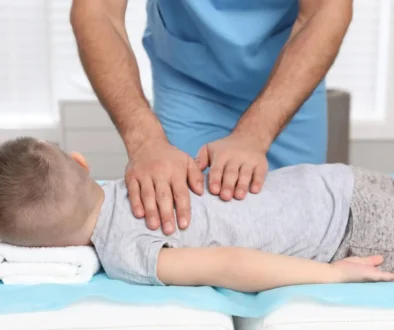Massage Therapy for Arthritis
Modern science has identified more than a hundred different forms of arthritis that can affect the human body. The symptoms, severity, and progression of these conditions differ widely depending on the individual and the specific type. Conventional Western medicine offers dozens of pharmaceutical treatments to manage arthritis, but many of these come with unwanted and adverse side effects. Because of this, a lot of people living with arthritis are considering alternative therapies. Massage therapy, in particular, has become a popular choice for easing discomfort and reducing the pain commonly associated with the condition.
How does Massage Help Arthritis?
So does massage help arthritis? Massage therapy can be a helpful way to manage arthritis symptoms. It works by relaxing tight muscles, improving blood circulation, and easing joint stiffness. Different types of arthritis massage – like deep tissue or lighter, gentle techniques like Swedish massage – can help with different forms of arthritis, depending on what your body can handle. For example, osteoarthritis may benefit from deeper work, while rheumatoid arthritis might respond better to softer, more calming techniques. Massage can also reduce pain, improve your range of motion, and make everyday movements more comfortable. Besides that, massage can be very relaxing and calming, which triggers the release of endorphins, the body’s natural painkillers. Regular sessions may also prevent pain and discomfort. Massage also improves quality of sleep, which can help with recovery too.
What Research Says about Massage for Arthritis
Research shows that arthritis massage may offer real benefits for people with arthritis. Studies suggest it can lessen discomfort, boost circulation, and make stiff joints move more freely. People also report feeling better overall – physically and emotionally – after regular sessions. In one study, those with knee osteoarthritis who got Swedish massages for arthritis had less pain and better movement in their knees. Overall, massage might be a helpful, natural way to support arthritis care when used alongside other treatments. Massage can also help with stress hormones, which may lower inflammation caused or contributed to by arthritis. Regular massage therapy could also help you move more freely by keeping yor joints relaxed. More large-scale studies are still needed, but current findings show that massage is a promising option for arthritis, especially as a part of a larger treatment plan.
Types of Massage Therapy for Arthritis Relief
- Swedish Massage. This gentle massage for arthritis uses long, flowing strokes, kneading, and light pressure to relax the muscles and improve blood flow. It’s ideal for beginners or those with sensitive joints, as it provides relaxation without putting stress on inflamed areas.
- Myofascial Release Therapy. This technique targets the fascia – connective tissue surrounding muscles. The therapist applies sustained, gentle pressure to areas of tension, helping release tightness and improve how joints move. It’s useful for easing stiffness caused by arthritis.
- Reflexology. Reflexology includes applying pressure to specific points on the feet, hands, or ears that correspond to different body parts. While it doesn’t directly manipulate joints, it may provide some relaxation and reduce stress-related inflammation.
- Deep Tissue Massage. This method uses slower, more forceful strokes to target deeper muscle layers and connective tissues. It may help with chronic muscle tension around arthritic joints, though it may not be ideal for people with severe joint pain or inflammation.
- Hot Stone Massage. Heated stones are placed on specific areas of the body to help muscles relax. The warmth may increase blood circulation and ease stiffness, making it easier for the therapist to work on tight areas without adding extra pressure.
- Sports Massage. This technique focuses on areas of the body used in physical activity. It may include stretching and targeted muscle work to improve mobility, helping active individuals with arthritis manage pain and prevent injury.
- Self-Massage. Using your hands, massage tools, or foam rollers at home can help manage arthritis symptoms between professional sessions. Gentle circular motions on sore spots can ease minor stiffness and boost blood flow.
- Shiatsu. A Japanese technique that applies finger pressure to specific points along energy pathways (meridians) in the body. Shiatsu restores balance and makes your body function better overall, which may reduce arthritis discomfort and help your joints move better.
Massage Therapy for Different Types of Arthritis
Different types of arthritis affect the body in different ways, so the type of massage for arthritis that helps can vary. For example, gentle techniques may work better for inflammatory arthritis, while deeper methods can ease muscle tension in degenerative types. Understanding which massage style fits your condition can help you get the most help and avoid making symptoms worse.
Massage for Osteoarthritis
Swedish massage therapy for osteoarthritis is a great fit because it’s gentle and helps reduce joint pain without putting lots of pressure on sensitive areas. Myofascial release and hot stone massage may also help loosen tight muscles around the joints. This massage for osteoarthritis techniques boost blood flow, help with relaxation, and make everyday movements feel easier. Regular sessions can help reduce pain and enable you to move more freely.
Massage for Rheumatoid Arthritis
For people with rheumatoid arthritis, gentler massage for rheumatoid arthritis works best. Swedish massage, reflexology, and light myofascial release can help ease muscle tension and calm inflammation without stressing the joints. These techniques improve blood circulation and provide relaxation, which may help with stiffness and pain. Deep pressure should be avoided during flare-ups, but soft, consistent touch can help. A skilled massage therapist can adjust the session to fit your symptoms and help you feel better.
Massage for Arthritis in the Knees
Massage for arthritis in knees techniques that focus on blood circulation and stiffness work best. Swedish massage and myofascial release are commonly used to relax the muscles around the joint and support smoother movement. Some therapists also use gentle kneading and circular motions to reduce swelling and ease pressure on the knee. Self-massage at home with light stretching or a warm compress can also help between sessions.
Hand Massage for Arthritis
Light Swedish massage and reflexology can be used to ease tension in the fingers, palms, and wrists. Therapists may use slow, circular hand massage for arthritis movements and light stretching to increase blood circulation and help you feel better overall. Even short daily self-massage can help reduce pain. Soft, steady pressure is best to avoid irritating inflamed joints while also providing some relaxation and helping you feel better overall.
Benefits of Massage for Arthritis
- Eases Pain and Stiffness. Massage therapy for arthritis helps relax tight muscles and soft tissues around inflamed joints, which can ease chronic pain and reduce that stiff, achy feeling common with arthritis.
- Makes Joint Movement Easier. By increasing blood flow and gently stretching tissues, massage may help improve joint flexibility and make everyday movements easier.
- Better Sleep. Regular massage can provide deep relaxation, which can help people with arthritis fall asleep faster and stay asleep longer.
- Makes You Feel Better Overall. Pain relief, better sleep, and easier movement all add up and make your life easier and more comfortable.
- Eases Stress and Tension. The calming effect of massage can help reduce stress, which may lower inflammation and make your joints healthier overall.
What to Expect During an Arthritis Massage Session
During your first massage therapy for arthritis session for arthritis, the therapist will ask about your symptoms, medical history, and any areas that feel especially painful or stiff. Physical examination may follow. You’ll then lie on a padded table – usually fully clothed or covered with a sheet – depending on the type of massage.
The therapist will use gentle, targeted techniques to work around your joints and muscles without causing pain or discomfort. They’ll focus on improving blood circulation, easing tension, and reducing stiffness. The pressure is usually light to moderate, depending on your comfort level. Most sessions last around 30 to 60 minutes, and you may feel relaxed or a bit sore afterward, similar to how your body might feel after light stretching.
Conclusion
Arthritis massage therapy can be a helpful, natural way to manage symptoms – like reducing pain, helping your joints move more freely, and even supporting overall health. The right type of pain relief massage can make daily life feel easier. For maximum benefits and safety, be sure to visit a professional massage therapist or chiropractor Libertyville. A skilled therapist can personalize sessions to your needs and help you move more comfortably, also find a suitable option among different types of massage.
FAQs About Massage Therapy for Arthritis
Can massage help arthritis?
Massage for arthritis pain can help with arthritis pain, stiffness, and swelling by improving blood flow and relaxing tight muscles. It may also help your joints move more freely and with less discomfort.
What massage is best for arthritis?
Swedish massage is often best for arthritis because it uses gentle strokes to reduce pain and improve blood circulation. Deep tissue or myofascial release may also help, but it depends on the type of arthritis and your massage therapist’s advice.
How often should you get a massage for arthritis?
Once or twice a week is usually the best, especially during flare-ups or when you feel lots of discomfort. Your ideal schedule may vary, so it’s best to discuss it with a licensed massage therapist.
Is massage therapy safe for rheumatoid arthritis?
Sure, massage therapy is generally safe for people with rheumatoid arthritis when done gently and by a trained therapist. It’s best to avoid deep pressure and focus on relaxation and blood circulation.
Can massage make arthritis worse?
Massage and arthritis relief can sometimes make symptoms worse if too much pressure is used. That’s why it’s important to work with a trained therapist who has necessary knowledge and experience.







